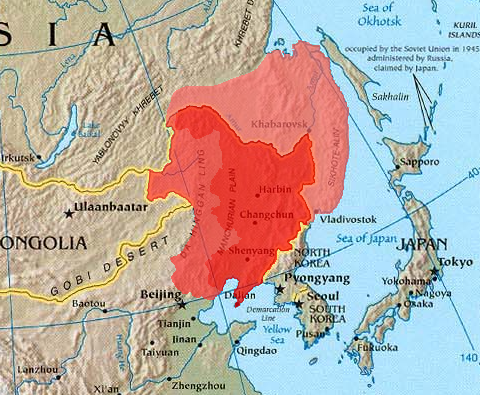Actually, I'm Joe in Birmingham, Alabama, USA.
I just received what I think is a Russian silver beaker. I was hoping for help with the translation of writing on the side. Any volunteers (please).
The cup has ancient armed warriors on the side and I think celebrates the 1917 revolution. I believe it mentions the city of Vladivostok and the date 1917 XI 26г . I have photos attached.
Some of the writing is:
на доьрую память гну дайто
Maybe a list of warriors also.
от хаяси якусиэи ивахаси накаяма арисака кодо
By the way, my wife visited Saint Petersburg on one of the cruise lines last year and loved the experience.
Thank you,
JoeBirmingham - "SEE Y'ALL SOON"



 LinkBack URL
LinkBack URL About LinkBacks
About LinkBacks





 Reply With Quote
Reply With Quote


 Говорит Бегемот:
Говорит Бегемот: .jpg/250px-Espardenya_(animal).jpg)



